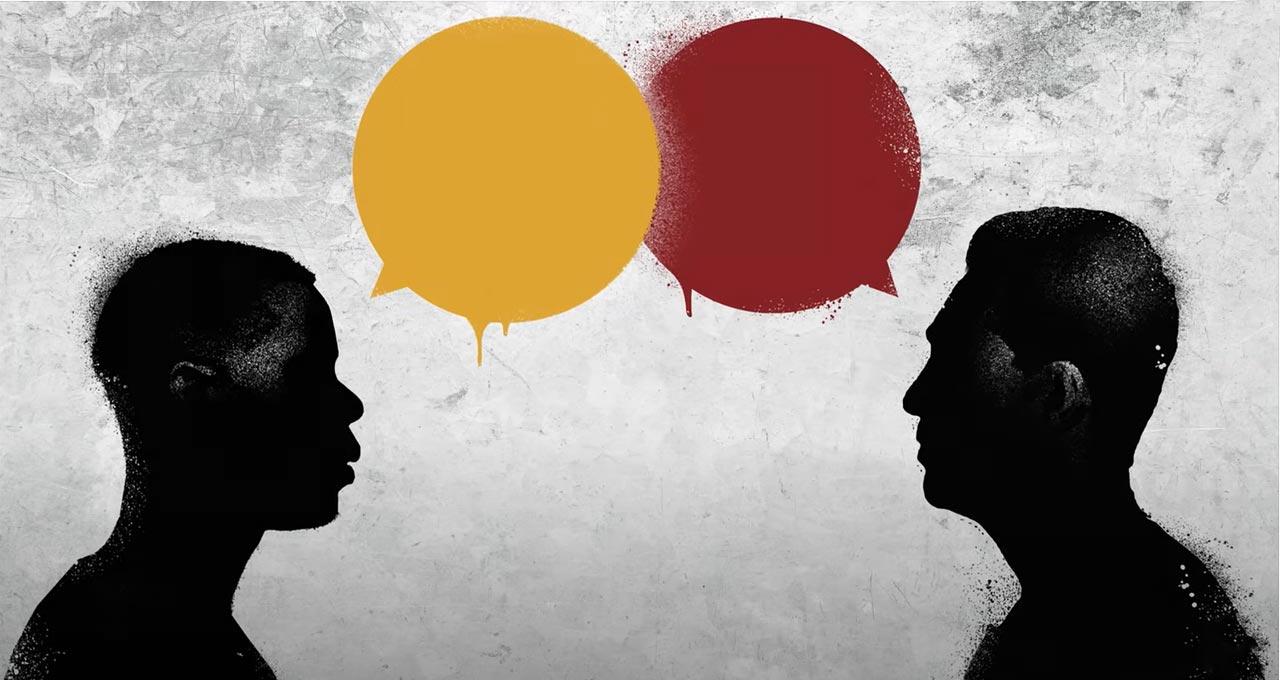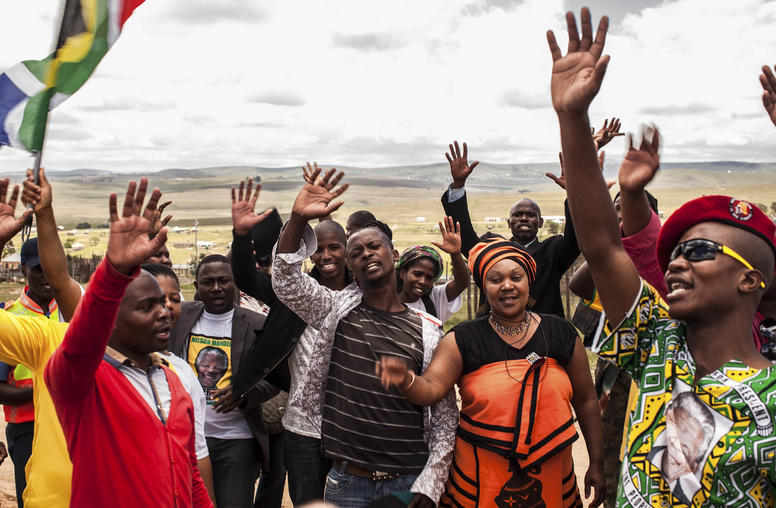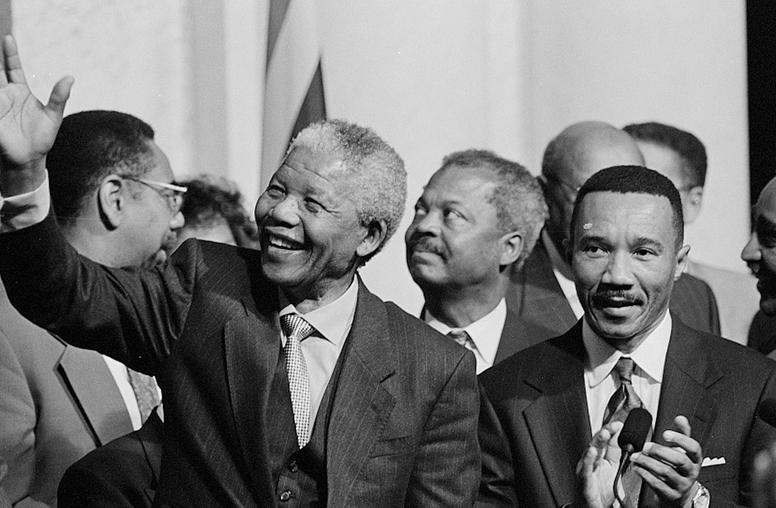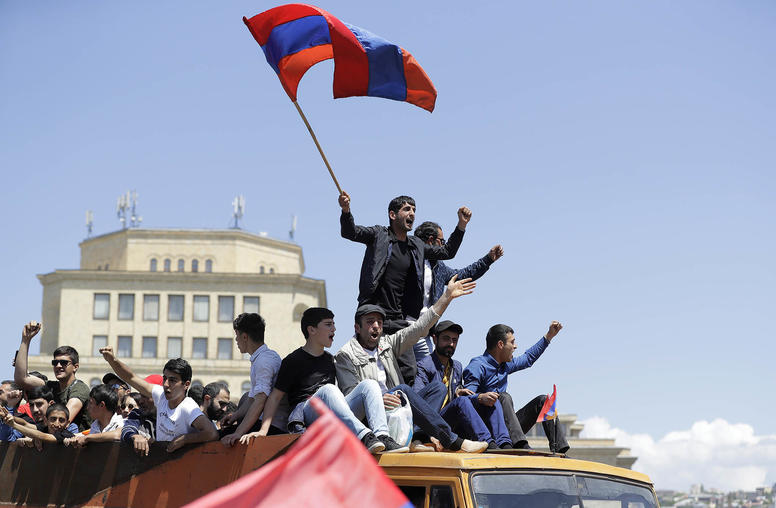Since the murder of George Floyd, protests against police brutality and anti-Black racism have shaken the United States, with shockwaves reverberating around the world. Demonstrators have come out in all 50 states, the District of Columbia, and over 1,600 towns and cities across the country, representing the broadest protests in U.S. history. Elsewhere, there have been global solidarity protests for Black Lives Matter and demonstrations calling for an end to racism in Tunis, Pretoria, Rio de Janeiro, Seoul, and dozens of other cities around the world. The Black-led popular uprising has led to a national reckoning on the issue of systemic racism and police brutality against Black people in the United States.

When it comes to ushering in societal change, the size and diversity of participation in the movement, and the ability to sustain protests over time, are critical. We are beginning to see the impact of mass protests already.
Minneapolis has committed to creating a community alternative to policing, U.S. lawmakers are reviewing legislation targeting police misconduct, major sports leagues have walked back racist policies and practices, and public opinion of the Black Lives Matter movement has shifted dramatically. The African Union has stood in solidarity with the movement, with Chairperson Moussa Faki speaking out against the “discriminatory practices against black citizens of the United States of America.” U.N. Secretary-General Antonio Guterres has called for a global fight against racism and discrimination and the global body’s Human Rights Security Council agreed to host a debate on systemic racism and police brutality following a request from African countries. Meanwhile, corporations, businesses, and international development organizations have publicly committed to addressing racism within their own institutional policies and practices.
Nonviolent Action Made this Conversation Happen
Still, there is much more that is needed to end the longstanding racial oppression and exploitation that Black people have resisted and fought back against since the days of slavery. But we are re-learning in this moment the ways nonviolent struggle can bring about positive change.
First, the protests we have seen over the past few weeks were not simply spontaneous acts of outrage, they were built on decades of Black-led organizing. The Movement for Black Lives, created in 2013 following the murder of 17-year-old Trayvon Martin, has been organizing at the local and community level for years. Its 2016 “Vision for Black Lives” policy platform provided the strategic groundwork for the movement. This platform lays a foundation for a more democratic, equal, and just society, helping to reimagine what communities can look like when marginalized groups form and help shape the laws, institutions, and policies that govern them.
While street protests and demonstrations tend to attract the most media attention, most of the critical work to build movements happens quietly, behind the scenes, in the form of building coalitions, developing strategies, and resolving internal conflicts. Successful movements cannot rely solely on creative nonviolent action tactics, but must also effectively apply dialogue and negotiation skills with allies and opponents.
This leadership development and infrastructure building—the lifeblood of movements—also helps them respond to and shape key moments of mobilization. In Minneapolis, local movement leaders and organizers came together to form a network of community protection in the face of violence and attacks by police and opportunists. In the months leading up to current protests, the proliferation of mutual aid networks created across the United States and globally in response to the COVID-19 pandemic showed how community organizing and solidarity function in times of need.
Second, while there was a significant amount of media attention paid to instances of protester violence and looting, the vast majority of protests were nonviolent and most of the violence came from police. Deflecting attention away from state-sanctioned violence, especially the kind that has targeted Black communities for centuries, happens all too often. Numerous reports show how officers used disproportionate and brutal force against peaceful protesters during the recent protests. Police have responded very differently in the presence of groups of heavily armed white protesters. Even the use of the term “peaceful” when describing these types of protests can be problematic, as it can convey images of calm and tranquility. But as Martin Luther King, Jr. noted in his “Letter from a Birmingham Jail,” the very purpose of nonviolent direct action is to dramatize a situation of injustice, disrupt the status quo, and force meaningful dialogue and negotiation.
Third, movements can open up the possibility of thinking big, thinking boldly, and confronting the underlying causes of systemic violence and racism rather than the symptoms. The fact that in a very short period of time movements in cities across the country are putting forward proposals to reimagine policing and advance community alternatives is a remarkable feat of movement activism. In the same way that outside analysts rarely predict popular uprisings against dictatorships—such as what occurred in Tunisia, the Gambia, and Sudan—organized action can make the radical become mainstream. From these movements we can learn that large-scale societal changes take months, if not years, to be institutionalized. Major nonviolent campaigns have taken, on average, three years to run their course. Movements must face powerful opponents who will actively attempt to repress them, among many other challenges. Nevertheless, the larger movements are, the less likely they are to fail, and the current movement against police brutality and systemic racism continues to grow.
The anti-racism movement in the United States, punctuated by a pandemic that has laid bare the inequalities and injustices faced by Black and other marginalized peoples across the world, has created an opportunity to rethink the flawed ideologies, systems, and institutions that undergird our national and international order and reimagine one that puts justice and equity for all people at the center.



